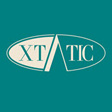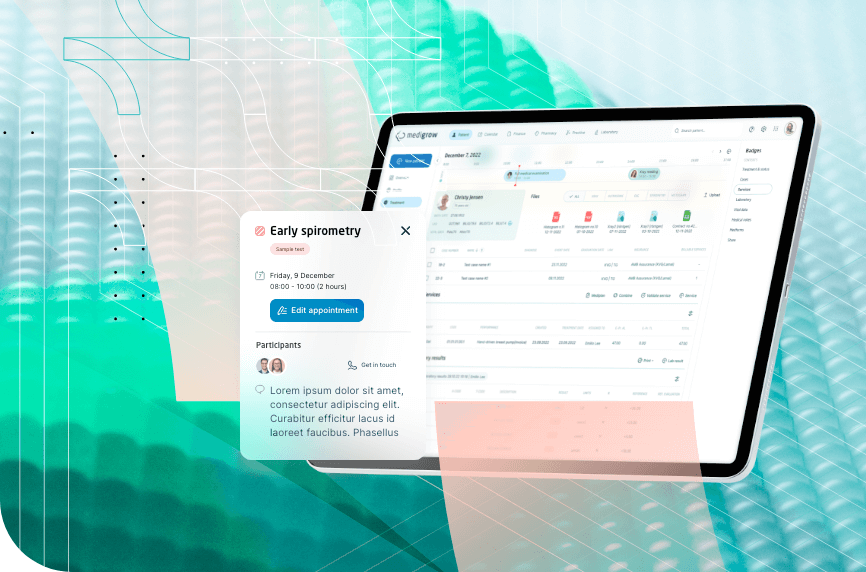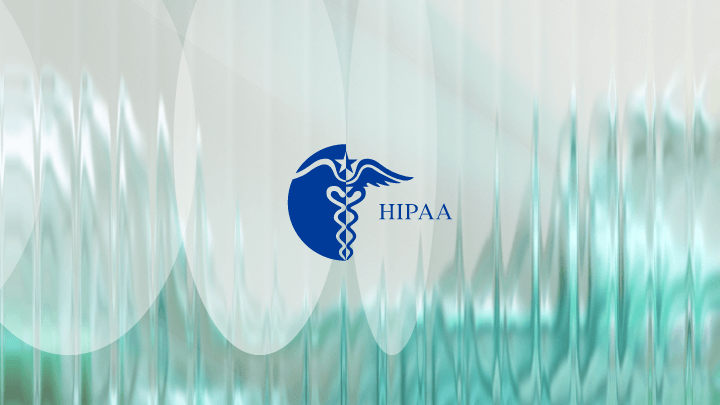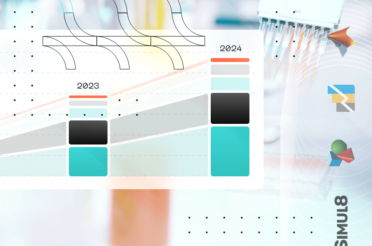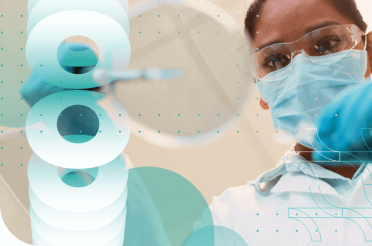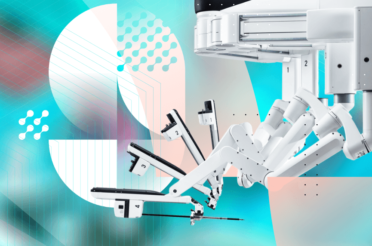The times when patient data was stored on paper medical records are going away. In the past that was the only way to collect and store medical history. After the introduction of electronic health records (EHR), however, the whole process has changed.
Having a digital version of the vast amounts of information that is usually held by patient records has completely changed the way healthcare providers work.
In 2011, the percentage of hospitals that had adopted electronic medical records was only 28%, and 34% for physicians based in offices. In stark contrast, the amount of hospitals for the decade after has risen to 96% and 78% for physicians by 2021. [1]
This rapid popularity of EHR systems has marked a significant change and improvement in the entire process of managing patient data and communication between independent practices.
In this article, we endeavor to see just how EHR software has improved clinical workflows and what are the prime features that make a good EMR system.
How do we use EHR software?
Nowadays there are many different software solutions that tremendously improve our lives. EHR software is just one of those solutions that significantly enhance the workflow of healthcare organizations.
The fundamental idea of having a patient’s medical history managed by EHR technology is having easier authorized access to the information. Digital records are also more difficult to tamper with and are much safer from being destroyed or lost by having a cloud-based platform for example.
We need to have a more complete understanding of electronic health records software in order to see how exactly it can improve an organization and the entire workflow in a healthcare facility. A more in-depth understanding would mean talking about the benefits of EMR and the regulations that make it even safer.
Benefits of EHR software
There are many different benefits to consider when talking about electronic patient medical records. We’ll have a look at some of them to gain a deeper understanding on the topic.
One of the main reasons that EMR software is used by healthcare professionals is for the significantly improved patient care that it offers. The software achieves this by centralizing information and improving care coordination. Certified EHR technology actually prioritizes patient safety by applying tools that reduce medical errors.
EHRs also streamline administrative tasks like scheduling and billing thus reducing the workload on healthcare staff and speeding up processes.
Furthermore, EHRs ensure saving on unnecessary costs by reducing redundant testing and administrative costs. They also improve documentation and revenue cycle management. Any financial analysis would indicate that these efficiencies lead to better financial performance and sustainability for medical practices.
Additionally, such software becomes an even more indispensable tool for practice management solutions due to its enhanced patient care. The way the system achieves this is through comprehensive access to patient information like medical history, medications, lab results, and others.
Such quick and efficient access enables informed and timely decision-making. Clinical decision support tools within EHR systems provide guidelines and alerts, enhancing clinical decisions and patient outcomes. This increased efficiency is further realized by automating administrative tasks and providing faster access to information. This leads to more efficient workflows and better use of healthcare staff’s time.
Challenges in EHR implementation
Although a digital personal health record offers a lot of advantages in allowing physicians to manage clinical information, there are a couple of challenges that need to be considered as well.
For one, the initial setup cost of such a system can be high. EHR functionality is usually integrated into a larger system for practice management. The high costs usually arise from purchasing and implementing the system itself.
Many providers, as we have mentioned, are already on board with utilizing electronic medical records. Other providers, however, can be too accustomed to paper records and make the transition more difficult.
Although paper records have many inefficiencies, their biggest one is the fact that when an EHR system is created, the entire data collection of patient information has to be transferred to a digital standardized format.
The last problem with such software is something that can be avoided given proper development. The EHR software has to be consistent in being able to access the patients’ medical data without issues.
The best way to guarantee solutions to all these challenges is by choosing the right EHR vendors. Ones that not only offer off-the-shelf solutions but custom ones that can be tailored to your organization’s needs.
The proper way to regulate EMR software
An article from the Centers for Medicare & Medicaid Services (CMS) outlines regulations and compliance related to EHR software.
Some of the key points include:
- Meaningful use requirements: These are specific guidelines that healthcare providers must follow to demonstrate meaningful use of EHR technology, which ensures better patient care.
- EHR incentive programs are financial incentives for adopting and effectively utilizing EHR systems.
- Compliance measures: Such measures are steps to ensure EHR systems meet federal standards for security, interoperability, and data sharing.
- Penalties are also meant to prevent non-compliance, including potential reductions in Medicare and Medicaid reimbursements.
EHR systems must comply with laws such as HIPAA (Health Insurance Portability and Accountability Act). By adhering to the regulations, such systems ensure the confidentiality and integrity of patient information. Usually, compliance involves implementing security measures like encryption and access controls which should be thoroughly paired with regular audits to protect sensitive health data from breaches and unauthorized access.
Additionally, government programs like the HITECH Act have significantly promoted EHR adoption by providing financial incentives to healthcare providers. The HITECH Act encourages the meaningful use of EHR systems by large healthcare organizations.
9 most important features of EHR software
Most EHR systems are a part of a larger healthcare management system. Such software can have many different functionality of which the managing patient records is usually one. EHR software in this case, however, has to be considered on its own.
To do so, we need to take a look at what are the key features for such software to be of the greatest use.
Integration and interoperability with healthcare systems
One of the fundamental features that the best EHR software has is being able to integrate with healthcare systems. Most healthcare facilities usually have many different systems and platforms and what such integration offers is seamless communication and data exchange.
The platforms that electronic health record software often has to integrate with are:
- Laboratory information systems;
- Radiology information systems;
- Pharmacy management systems, and others.
There are other specialized healthcare applications that EHRs have to deal with in order to centralize patient data into a single, accessible platform. One of the main benefits that such clear integration offers is to minimize redundant data.
For instance, when a physician orders a lab test, the EHR system can automatically send the order to the laboratory information system, which then processes the test and sends the results back to the EHR. This integration ensures that test results are promptly available to the health care providers, facilitating quicker diagnosis and treatment decisions.
Similarly, integration with pharmacy systems allows for electronic prescribing, thus reducing medication errors and streamlining the prescription process.
Moreover, interoperability supports better care coordination among various healthcare providers. For example, a primary care physician can easily share patient data with specialists, ensuring all providers have up-to-date information. This is a process that would usually cost patients and bureaucracies large amounts of time.
The help of EHR software is particularly beneficial in managing chronic conditions, where multiple healthcare professionals are involved in a patient’s care.
Customizable templates for patient records
Another excellent feature to consider for your EHR software is customizable templates. These templates allow healthcare providers to customize the way they collect patient data to perfectly fit their own specific needs and practice styles.
Different specialties warrant different fields of medical information that such a level of tailoring can be extremely practical. This flexibility enhances documentation consistency and completeness, leading to improved patient care.
Customizable templates also streamline the documentation process, saving time for healthcare providers by reducing the need to manually input repetitive information.
A big problem in the paper-based record keeping approach from the past was how long it would usually take for patients to spend in different clinician offices. This efficiency not only speeds up patient visits but also allows providers to focus more on patient interactions rather than administrative tasks.
For example, templates can include predefined checklists, drop-down menus, and auto-fill options that standardize entries for common conditions and treatments.
Furthermore, customizable templates support regulatory compliance by ensuring that all required information is included in patient records. There are many different documentation standards that EHR is critical to avoid. By providing a structured format for data entry, these templates help maintain audit readiness.
Find out what EHR software can do for you Explore the capabilities of EHR systems with the help of our augmented teams of experts.

Advanced security and compliance measures
Another stellar feature to have in your EHR software solution is robust security measures.
In order for such security measures to be thorough, they must include:
- Encryption;
- Multi-factor authentication;
- And regular audits.
All of these are meant to safeguard patient data. These systems ensure compliance with regulations like HIPAA by implementing access control and data backup solutions. Access controls limit data access based on user roles. Regular backups, on the other hand, protect against data loss, ensuring continuity of care and maintaining patient trust through enhanced data protection.
Clinical decision support tools
A very unique aspect of EHR software are Clinical decision support (CDS) tools. They provide clinicians with evidence-based guidance that can significantly improve patient outcomes. This guidance is supported even further with alerts and reminders to enhance patient care.
These tools analyze patient data to offer recommendations on diagnosis and treatment plans. Medication management is also a factor that is improved and is a fundamental part of a patient’s care.
CDS tools not only help identify potential drug interactions but also ensure adherence to clinical guidelines. These tools remind providers of preventive care measures – a functionality that paper based records could never offer.
By integrating real-time data and best practice protocols, CDS tools reduce errors through supporting more informed and efficient healthcare delivery.
Automated billing and coding functions
A crucial aspect of healthcare will always be the financial one. With that said, EHR software can accommodate that need with a feature called automated billing and coding functions. This feature is designed to streamline the financial side of healthcare by accurately generating billing codes based on clinical documentation.
These functions reduce administrative workload and ensure compliance with coding standards. Automated coding improves claim accuracy, leading to faster reimbursements and fewer denied claims.
Additionally, it enhances revenue cycle management by ensuring that all billable services are captured and processed efficiently. Overall, automated billing and coding functions optimize financial operations and support the financial health of healthcare practices, making it a necessary feature to integrate into your EMR software.
Patient portal for secure communication
In a lot of cases, patients are also a part of the user base for EHR systems. Many healthcare providers use the digital format of the records as a way to communicate with patients as well.
Patient portals in EHR systems offer a secure platform for communication. Through these portals, patients can benefit from a multitude of functionalities. For example, they can access their medical records and view their test results. Patients are also able to schedule appointments with their clinicians and even request prescription refills.
Additionally, secure messaging features enable direct communication with providers, enhancing patient engagement. These portals empower patients to take an active role in their healthcare and gain direct access to their medical information. The entire process contributes to altogether better healthcare delivery.
Discover the must-have features of EHR software to include in your project Learn how from our consultants. We work with clients worldwide.
Reporting and analytics capabilities
At the core of EHR systems are their reporting and analytics capabilities. After all, they are documentation. In the case of electronic records, however, healthcare providers are enabled to generate detailed reports and analyze patient data for informed decision-making.
These tools help track a couple of different aspects:
- Clinical performance;
- Identify trends;
- Monitor patient outcomes.
Analytics can reveal patterns in patient populations as well. Such statistics can support population health management and even highlight areas for quality improvement.
Mobile app accessibility and functionality
Nowadays, most patients want even easier access to their information. Having your EHR software available as a mobile app allows healthcare providers to access patient data on-the-go, enhancing flexibility and responsiveness. These mobile apps offer the same functionalities there are on stationary PCs.
Mobile accessibility would not only be for the patient’s sake, but for healthcare practitioners who are constantly moving. Clinicians would be able to view patient records and communicate with patients from mobile devices. Mobile EHR apps improve workflow efficiency and support the remote care of patients, vastly improving their engagement.
Scalability for different sized practices
The last critical feature we would like to mention for EHR systems is scalability. The software has to be designed to be scalable, accommodating the needs of various healthcare practices, from small clinics to large hospital systems.
Scalability ensures that as a practice grows, the EHR system can expand to handle increased patient volumes and additional users without compromising performance. This flexibility allows healthcare providers to add new features, modules, and integrations as needed, ensuring the system remains effective and efficient.
Scalable EHR solutions support growth, enabling practices to maintain high-quality care and operational efficiency regardless of size or complexity.
Future trends in EHR technology
We have discussed the different features EHR software should have in order to be utilized by healthcare providers and their medical practice. But what are some future technologies that can unlock even more potential in the system?
Here is a brief summary of the most promising technologies on the horizon:
- Artificial Intelligence and Machine Learning: AI and ML integration in EHR systems can provide predictive analytics and advanced decision support, helping medical professionals make informed decisions and automate clinical workflows.
- Blockchain technologies: Another technological advancement that can further enhance EHR software is blockchain. This improvement enhances EHR security by creating a decentralized, tamper-proof ledger of health records. Blockchain makes sure that patient data is secure when shared between providers.
- Telehealth integration: Combining EHR with telehealth platforms allows authorized providers to treat patients remotely in a couple of different ways. These include the opportunity for virtual consultations, remote monitoring, and real-time data sharing. Ultimately, this leads to improved accessibility and continuity of care. Along with wearable devices, telehealth can vastly improve the capabilities of electronic health records.
When talking about ways to improve patient care and the workflow of healthcare providers, EHR software is definitely one of the best options. In order to understand exactly how to fully utilize such a system, we must see the features that make it useful and allow it to be the advancement that it is.








